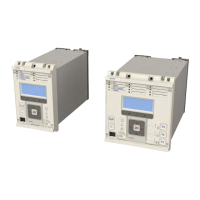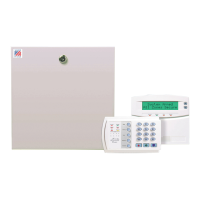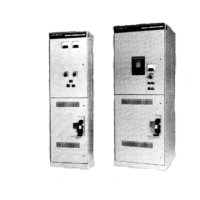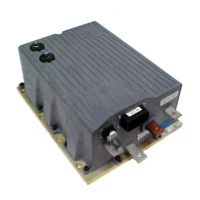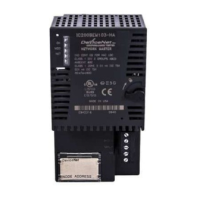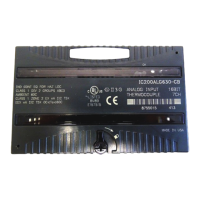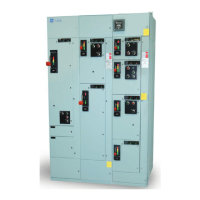Note:
Discrimination can be pr
ovided without the need for directional control. This can only be achieved if it is possible to set the
relay in excess of the charging current of the protected feeder and below the charging current for the rest of the system.
Setting guidelines
The r
esidual current detected by the relay on the faulted feeder is equal to the sum of the charging currents
flowing from the rest of the system. The addition of the two healthy phase charging currents on each feeder gives
a total charging current which has a magnitude of three times the per phase value. Therefore, the total unbalance
current detected by the relay is equal to three times the per phase charging current of the rest of the system. A
typical relay setting can be 30% of this value, that is equal to the per phase charging current of the remaining
system. In practice, the required setting can be determined on site, where system faults can be applied and
suitable settings can be adopted based on practically obtained results. The use of P24xM relays comprehensive
measurement and fault recording facilities can prove very useful in this respect.
The timer setting of this element is not critical, since for the first fault only capacitive current exists on the system.
However, for subsequent faults, fast tripping is required. If the motor is operated using a fused contactor it is
important to delay the protection sufficiently to ensure that the contactor does not attempt to interrupt fault
current in excess of its breaking capacity.
7.5.6 RESISTANCE EARTHED SYSTEMS
Earthing the system using a resistor reduces both the fault current and transient overvoltages. Resistance earthing
can sometimes be adv
antageous in hazardous environments such as in mines since the earthing resistance
reduces touch and step potentials during earth faults.
Setting guidelines
On a resistance earthed system, it is common practice to limit the fault current to approximately full load current.
For this type of application the relay can be set non-directional with a current sensitivity of less than 30% of the
minimum earth fault level, but greater than three times the steady state charging current of the motor feeder.
Guidelines given for solidly earthed systems are also applicable for the required time delay setting.
Note:
If the setting guidelines for applying a non-directional relay cannot be achieved due to the current magnitudes, then a
sensitive directional earth fault element is required. This eliminates the need to set the relay in excess of the charging current
for the protected feeder.
7.5.7 HIGH RESISTANCE EARTHING
For certain applications, the fault current can be severely limited by the use of very high resistance earthing. It is
usual in this case to choose a v
alue of resistor which limits the resistive fault current to a similar magnitude as the
system charging current. Therefore, charging current has a marked influence on the angle of the fault current with
respect to the polarizing voltage (-3 Vo).
In this application sensitive directional earthfault protection, operated from a core balance CT, is required. The
relay characteristic angle setting should therefore be set to +45° (refer to the Phasor diagrams for insulated
system with C phase fault figure).
Note:
The recommended setting corresponds to the relay being connected so that its direction of current flow for operation is from
the motor feeder into the busbar.
P24xM Chapter 6 - Current Protection Functions
P24xM-TM-EN-2.1 123
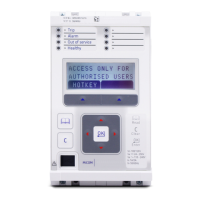
